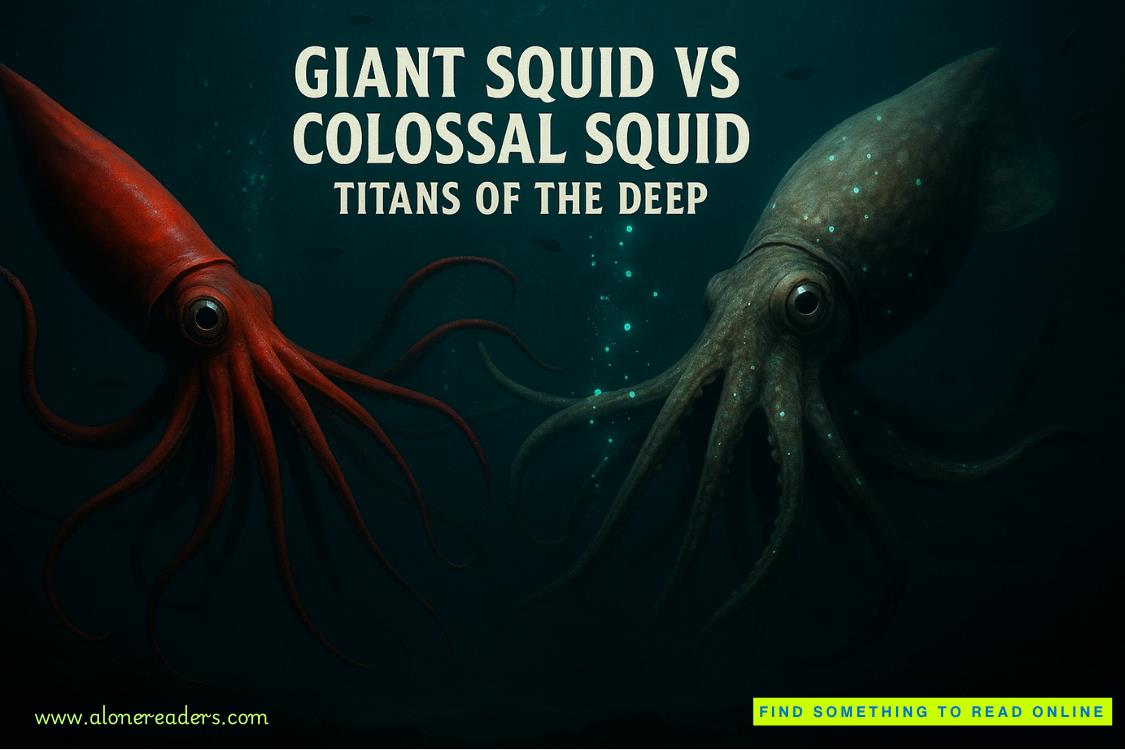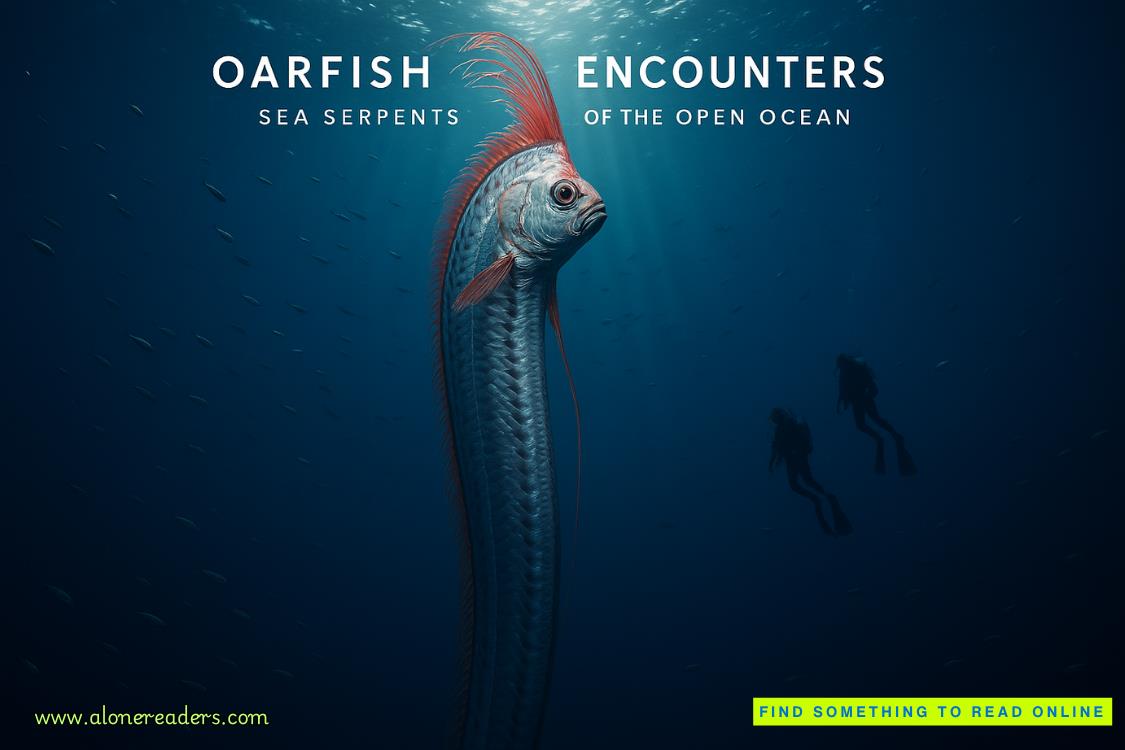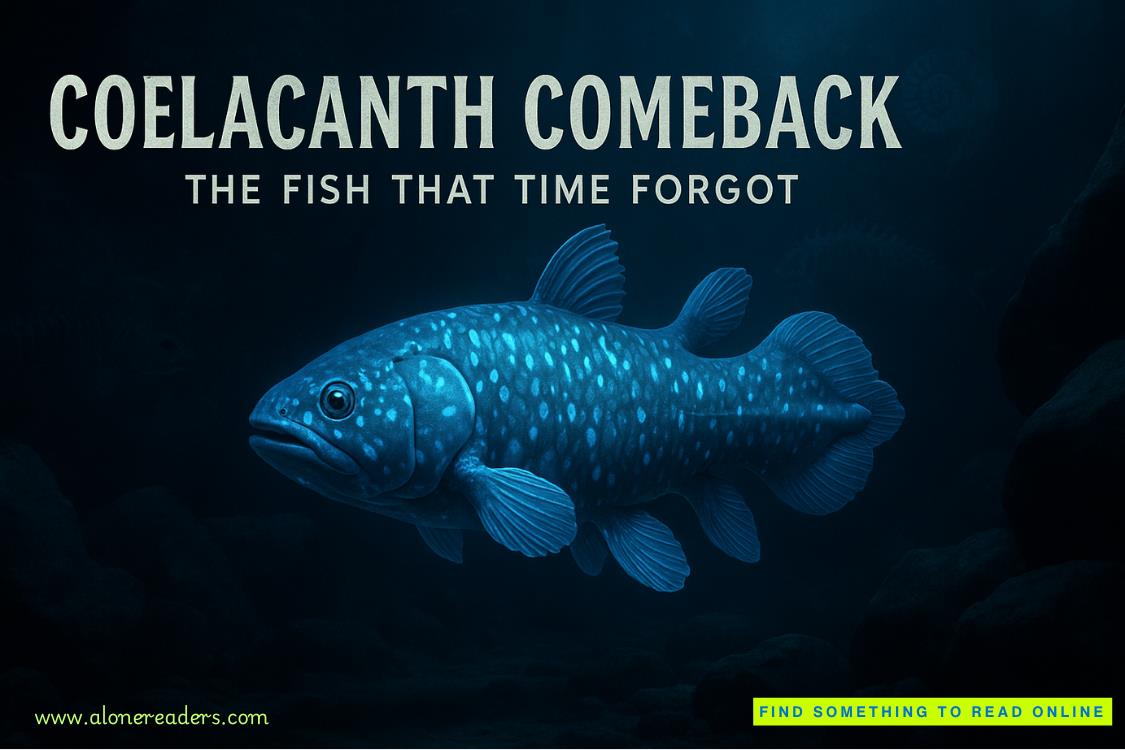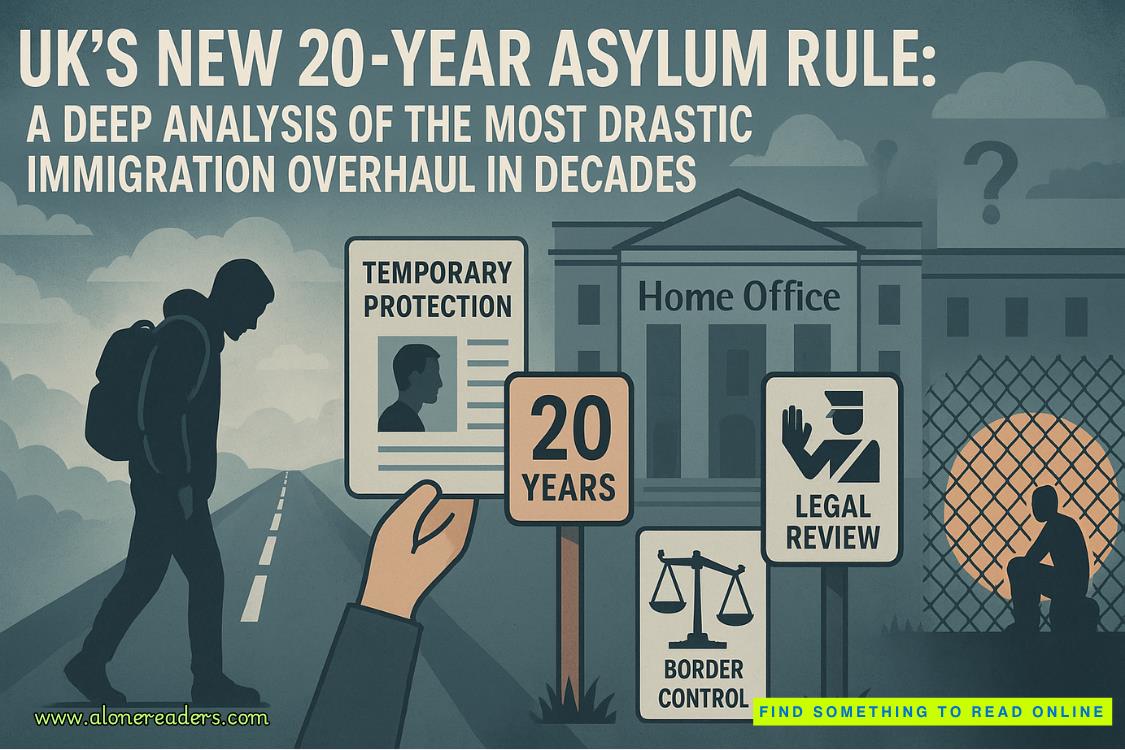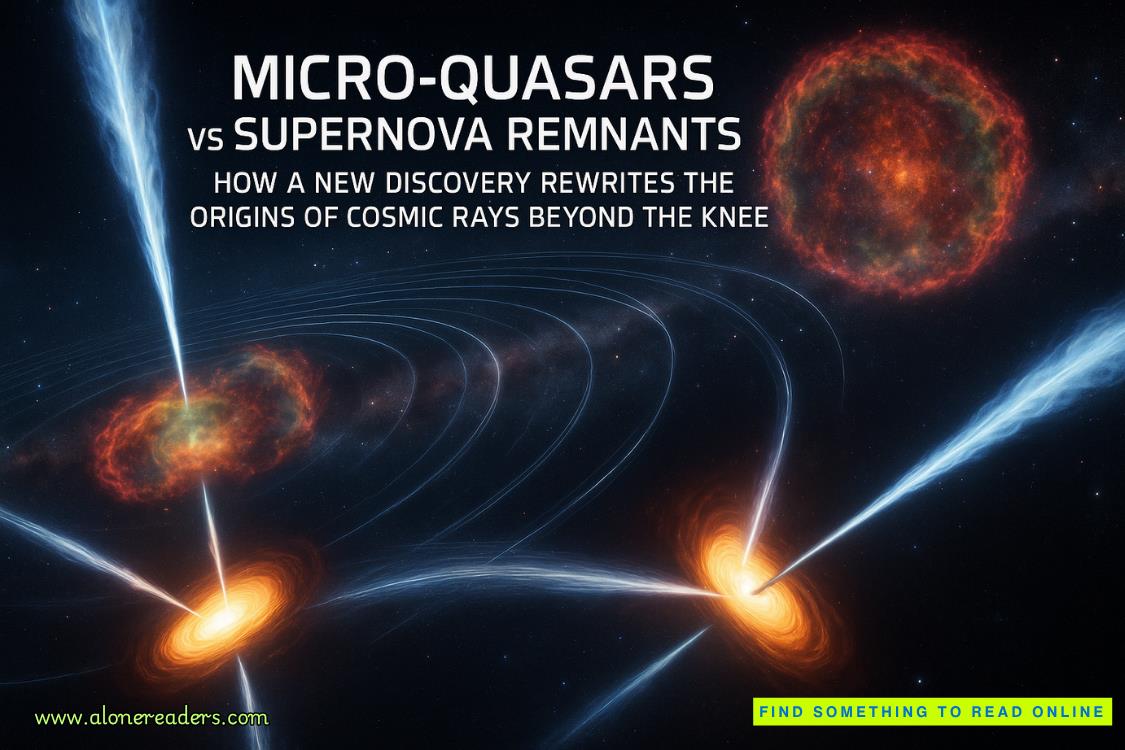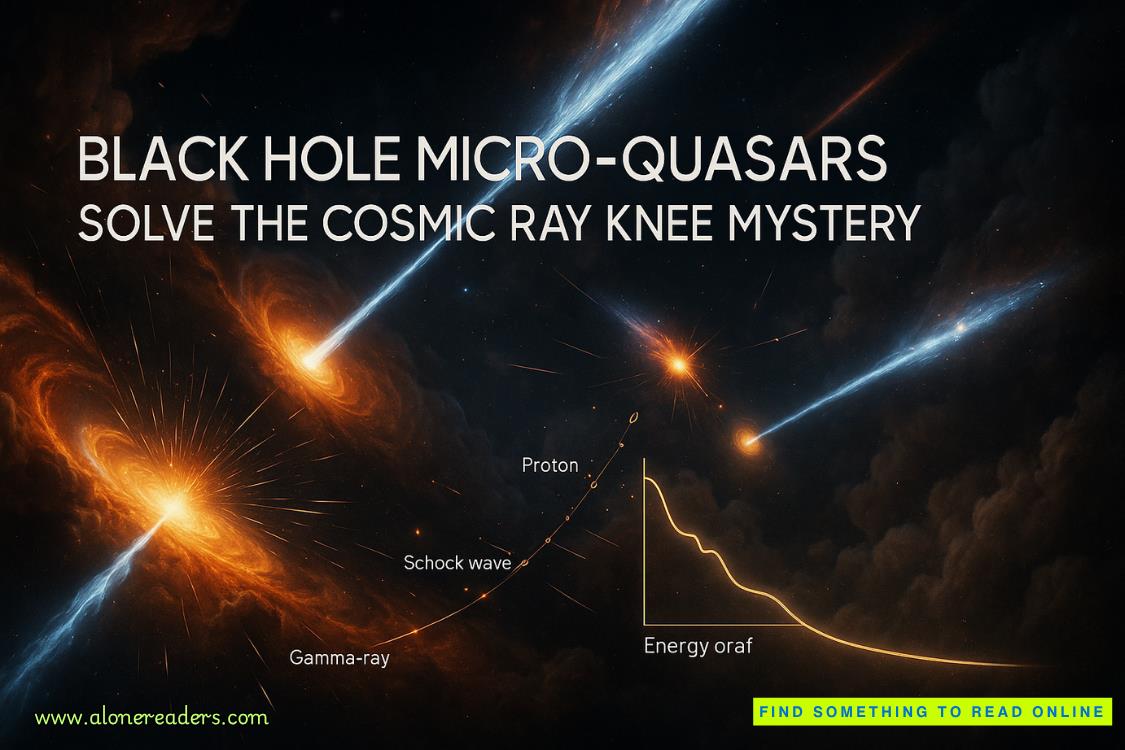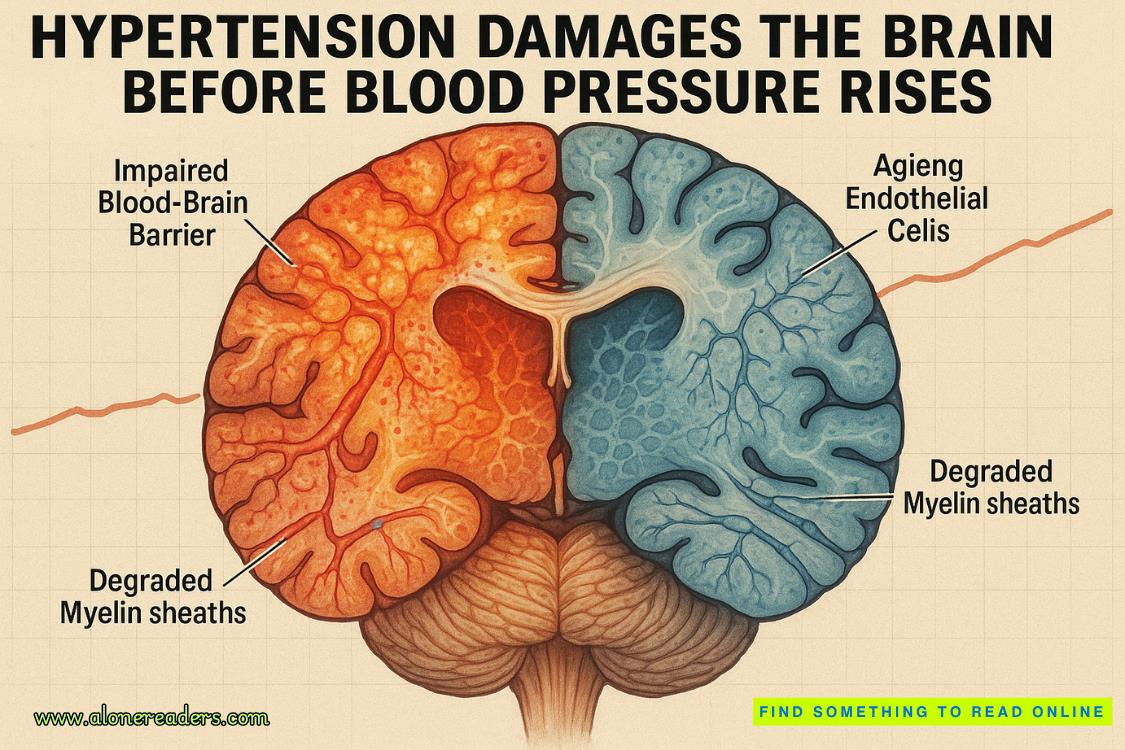Page 34 of Home (Myron Bolitar 11)
Those had been the explicit instructions handed down from Mickey and Ema. Leave it to them. Don't hang out downstairs. Don't cloud the atmosphere with your adult presence. Don't make anyone wary. If you have questions for Patrick's mom, ask them before they get inside. Then leave.
So he did.
The phone rang as he got into his car. Myron didn't recognize the number.
"Hello?"
"This is Alyse Mervosh," a woman said with no preamble. "I'm PT's contact."
"The forensic doctor?"
"Forensic anthropologist specializing in forensic facial reconstruction, yes." Her tone was as neutral as you could get without electronic altering. "You want to know if the Patrick Moore who appeared today on CNN is the same Patrick Moore who vanished ten years ago. Is that correct?"
"Yes."
"I just obtained the video of today's interview. I then Googled the kidnapping to secure photographs of Patrick, age six. Finally, I located an age progression of Patrick that was performed by this agency. Where are you?"
"Right now?"
"Yes."
"Alpine, New Jersey."
"Do you know where our office in Manhattan is located?" she asked.
"Yes."
"The drive should take you approximately an hour. I should have my results by then."
Alyse Mervosh hung up without waiting for his reply. Myron checked the clock. Eight thirty P.M. If Dr. Mervosh didn't mind working late, neither did Myron. He knew the FBI's main laboratory was down in Virginia, but he suspected that this kind of work mostly required computers and perhaps software. In Manhattan, the FBI's main office was on the twenty-third floor at 26 Federal Plaza.
Myron found a parking lot on Reade Street and started walking north toward FBI headquarters. He
passed Duane Street and recalled a fun factoid. Duane Reade pharmacies, which dominated New York, had derived its name from its first warehouse being located between Duane Street and Reade Street.
Odd thoughts go through your head at random times.
Alyse Mervosh greeted him with a firm handshake. "Can I just get this out of the way?" she said.
"Get what out of the way?"
"My fangirling? I loved, loved, loved the documentary on your injury. Loved it."
"Uh, thanks."
"Seriously, to be that high, that close to the pinnacle, and then to be destroyed like that, to be left in a heap with nothing . . ."
Her voice trailed off.
Myron opened his arms and smiled. "Yet here I am."
"But are you really okay?" she asked.
"I can do ten one-handed push-ups if you'd like."
"Really?"
"No. I can maybe do one."
She shook her head. "Sorry, I'm being unprofessional. It's just . . . that documentary really made me pity you, you know?"
"Just the feeling I was hoping for."
She turned a little red. "Pardon the way I'm dressed. I was in the middle of a tennis lesson when PT called."
Dr. Mervosh wore a sweat suit so old-school that Myron almost looked for the Fila label. Her hair was blond and she wore a headband. The whole look was Early Eighties Bjorn Borg.
"No worries," Myron said. "Thanks for doing this so late."
"Do you want a long explanation or do you want my conclusion?"
"Conclusion, please."
"Inconclusive," she said.
"Oh," Myron said. "So your conclusion is, what, you just don't know?"
"In terms of answering the question, 'Is the teenager interviewed today on CNN the same Patrick Moore who was abducted ten years ago?' sorry, I can't be firm. Can I explain?"
"Please do."
"What I mostly do--forensic facial reconstruction--is about identifying remains. You know that, right?"
"Yes."
"This isn't an exact science. Our hope is that our work may lead to a tip or a thought, but a lot of things can skew our results." Alyse Mervosh made a face. "Is it hot in here?"
"A little."
"Do you mind if I take off the jacket?"
"Of course not."
"I don't want you to think I'm flirting with you or anything."
"Don't worry about it."
"I have a serious boyfriend."
"And I'm engaged."
"Really?" Her face brightened. "Oh, I'm so happy for you. I mean, after what you went through."
"Dr. Mervosh?"
"Please call me Alyse."
"Alyse," Myron said. "It was just a hurt knee. I appreciate your"--he wasn't sure of the word--"concern, but I'm fine."
"And you want to know more about Patrick Moore."
"I do, yes."
"I'm not great socially," she said. "It's why I'm best in the lab. I have a tendency to be a nervous talker. I'm really sorry."
"It's fine," Myron said. Then: "You were saying something about the results being skewed sometimes."
"Yes, that's right. We are trying to imagine, if you will, what a six-year-old boy would look like as a sixteen-year-old. Those are, as you can imagine, difficult years to deduce. If Patrick Moore went missing when he was, say, twenty-six, and we found him now when he's thirty-six, well, you get the idea, right?"
"Right."
"Aging is about genetics mostly, but there are other factors. Diet, lifestyle, personal habits, trauma--any of that can alter the aging process and even, in some cases, your appearance. And again: You are also talking about perhaps the most difficult years to analyze. The alteration in appearance from child to adolescent can be an extreme one. As a child ages, the bones and cartilages develop and determine the proportions and shape of your face. So then, as forensic anthropologists, we have to fill in what might be there. The hairline might have receded, for example. Bone tissue is being formed, removed, elongated, and replaced. In short, it's all hard to predict."
"I see," Myron said. "Can you make a guess?"
"About if this teenager is Patrick Moore?"
"Yes."
She frowned and looked confused by the question. "Guess?"
"Yes."
"I'm a scientist. I don't make guesses."
